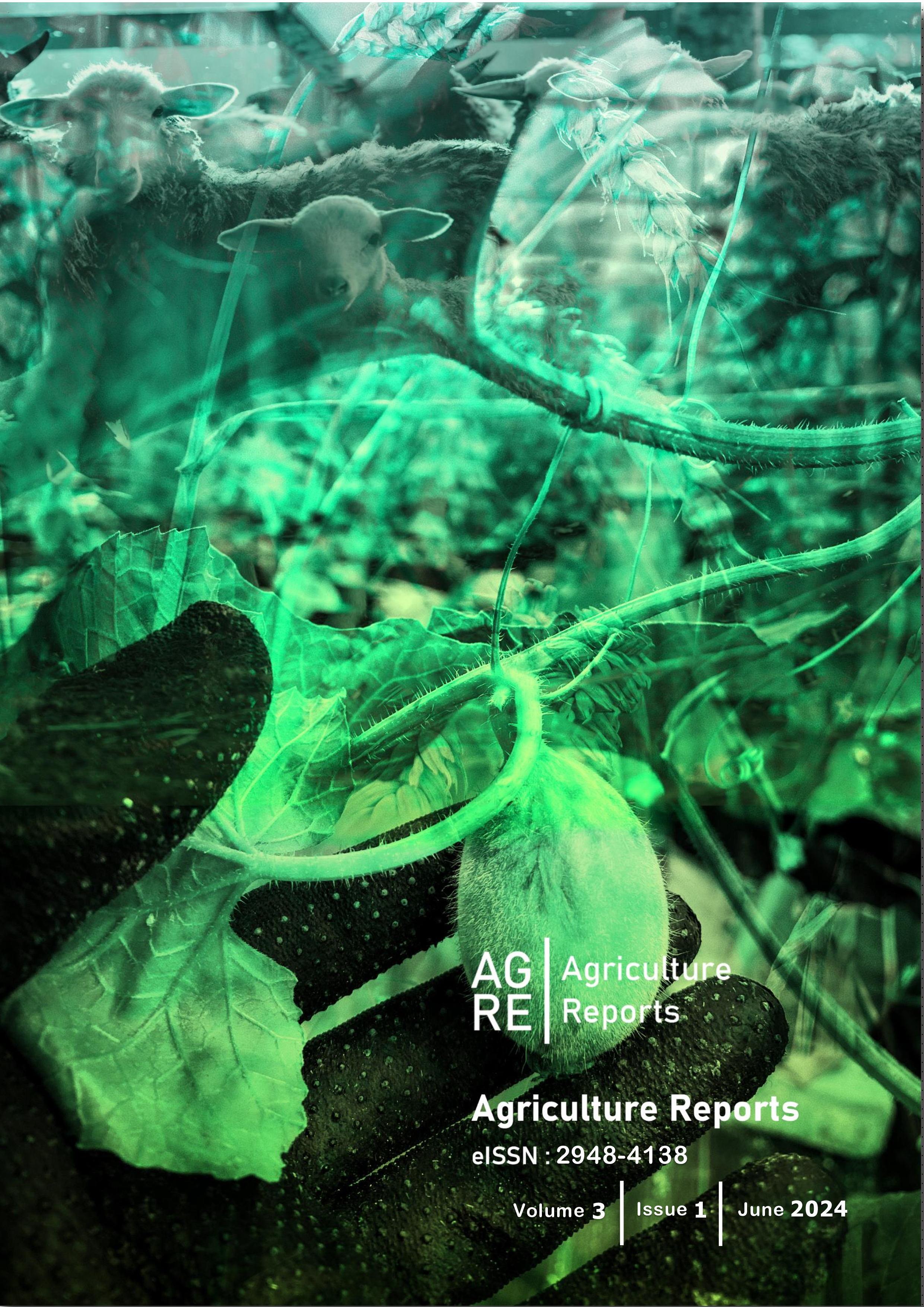Accessing the Effects of Microbial Degraded Animal Wastes on some Metabolic Profile and Histological Changes of African Catfish (Clarias Gariepinus)
Keywords:
Aquaculture, Feed alternatives, Global populationAbstract
The current study evaluated the effects of microbial degraded cow hoof and feather meal as alternative animal protein sources on haematological, water quality and histological changes of the catfish (Clarias gariepinus). Juveniles with mean weight 17±0.58 g were stocked 7 per aquariums in 12 aquaria (60×60×40 cm). The diets contained 45% crude protein and were offered twice daily at 5% body weight. Four diets were composed to contained fishmeal (control), compost feather meal, cow hoof and an equal ratio of compost feather meal with cow hoof. The feeding trials lasted for 12 weeks. Haematological parameters of the fish blood, water quality, the gills and liver of the fish were evaluated using standard analytical procedure. The results of the haematological profile showed significant difference in packed cell volume in diets 1, 2, 3 and 4. There was no significant difference for basophil values. Haemoglobin concentration was highest in diet 4 (7.13 ± 0.03 g/dL), followed by diet 1 (6.12 ± 0.13 g/dL), diet 3 (6.00 ± 0.03 g/dL) and diet 2 (4.20 ± 0.05 g/dL). Lymphocyte values in diet 1(78.00 ± 0.33 ×109 μL), was higher than diets 2 (68.00 ± 0.58 ×109 μL), 3 (63.67 ± 0.33 ×109 μL) and 4 (68.00 ± 0.58 ×109 μL). Monocyte value in the control (D1) was the highest (2.67 ± 0.33 ×109 μL) while diet 2 (2.00 ± 0.58 ×109 μL) was significantly higher than diets 3 (0.30 ± 0.58 ×109 μL) and 4 (1.00 ± 0.33 ×109 μL), although diet 2 was not significantly different from diet 1. The water quality parameters were not above the permissible limit of WHO standard. No histological changes in the liver cells of all the experimental fish. Based on the results, the microbial degraded animal wastes were found to have similar values with the control diet (fishmeal) hence could be used as alternative protein sources without compromising the health and physiological status of C. gariepinus.Downloads
Published
2024-12-10
How to Cite
Orose, E., Kenneth Wokeh, O., Ndubuisi Philip, E., Lananan, F., Ab Lah, R., & Bakar, K. (2024). Accessing the Effects of Microbial Degraded Animal Wastes on some Metabolic Profile and Histological Changes of African Catfish (Clarias Gariepinus). Agriculture Reports, 3(1), 1–17. Retrieved from https://mail.multiscipub.com/index.php/AgricultureReports/article/view/60
Issue
Section
Articles
License
Copyright (c) 2024 Agriculture Reports

This work is licensed under a Creative Commons Attribution-NonCommercial-ShareAlike 4.0 International License.


